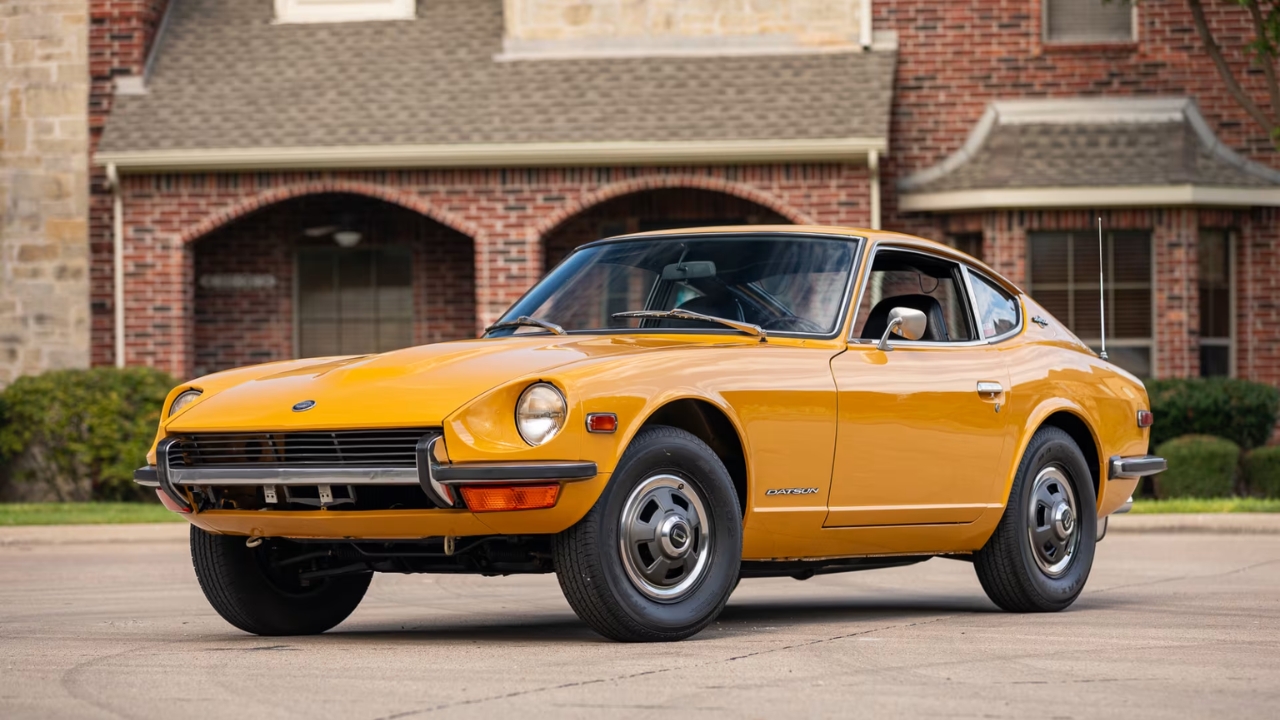Car enthusiasts consider the 1980s and 90s as the golden era of Japanese cars, but manufacturers from the Land of the Rising Sun built some excellent models long before that.
In the 1960s, they churned out small, lightweight sports cars. By the 1970s, they built lots of fun and frugal coupes and family sedans.
What makes vintage Japanese cars so good is that each model has a distinct personality because the manufacturers chose to execute them in their own unique way, like Mazda and its rotaries, or Honda utilizing its knowledge from the bike world.
1967 Toyota 2000GT
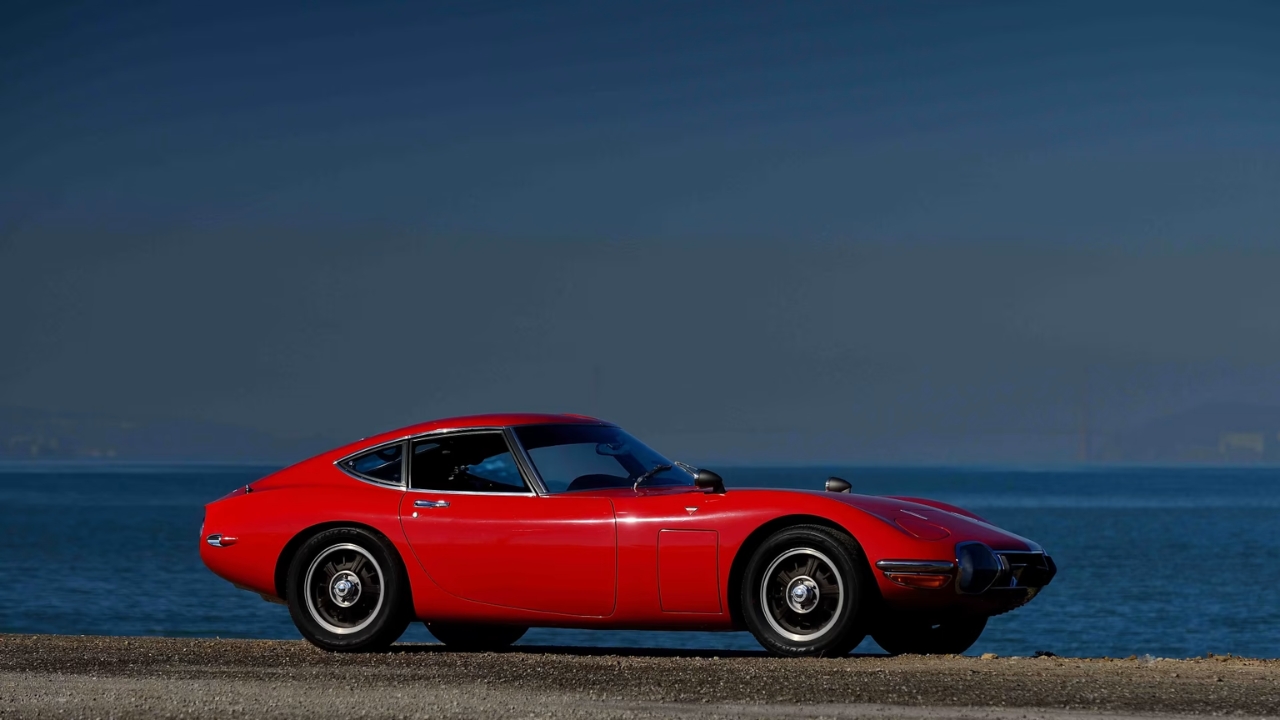
In a way, the Toyota 2000GT was the first Japanese supercar. It had a 2.0-liter straight-six engine that unleashed 150 hp. That may not sound like much today, but at a time when most Japanese cars had around 50 horses, 100 additional ponies made it pretty spectacular.
The 2000GT stylish design was clearly inspired by European sports cars, such as the Jaguar E-Type, but it’s much rarer than the British sports car. Toyota only built 351 2000GTs, each cost around $7,000, which was a lot of money back then. It’s even more expensive today, fetching upwards of $1 million at auction.
1970 Datsun 240Z / Fairlady Z
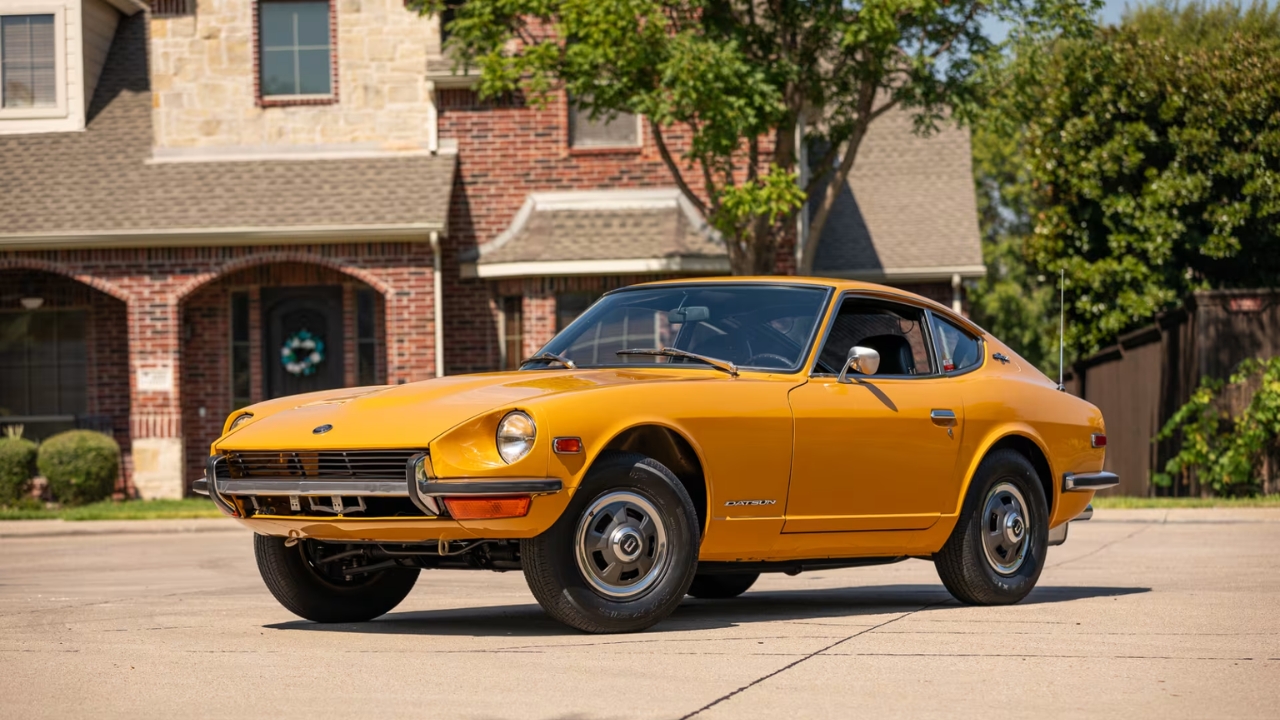
Toyota wasn’t the only company inspired by the Jaguar E-Type. The Datsun 240Z, or Fairlady Z, as it was known in Japan, clearly had some elements from the big cat as well. This was the genesis for the modern-day Nissan Z-cars we know and love today.
The 240Z had a 2.4-liter straight-six engine with 151 hp, and unlike the expensive and limited production 2000GT, it brought sports car ownership to the masses. Datsun’s 240Z is one of the most sought-after Japanese sports cars these days, and prices have skyrocketed in recent years.
Honda S-Series
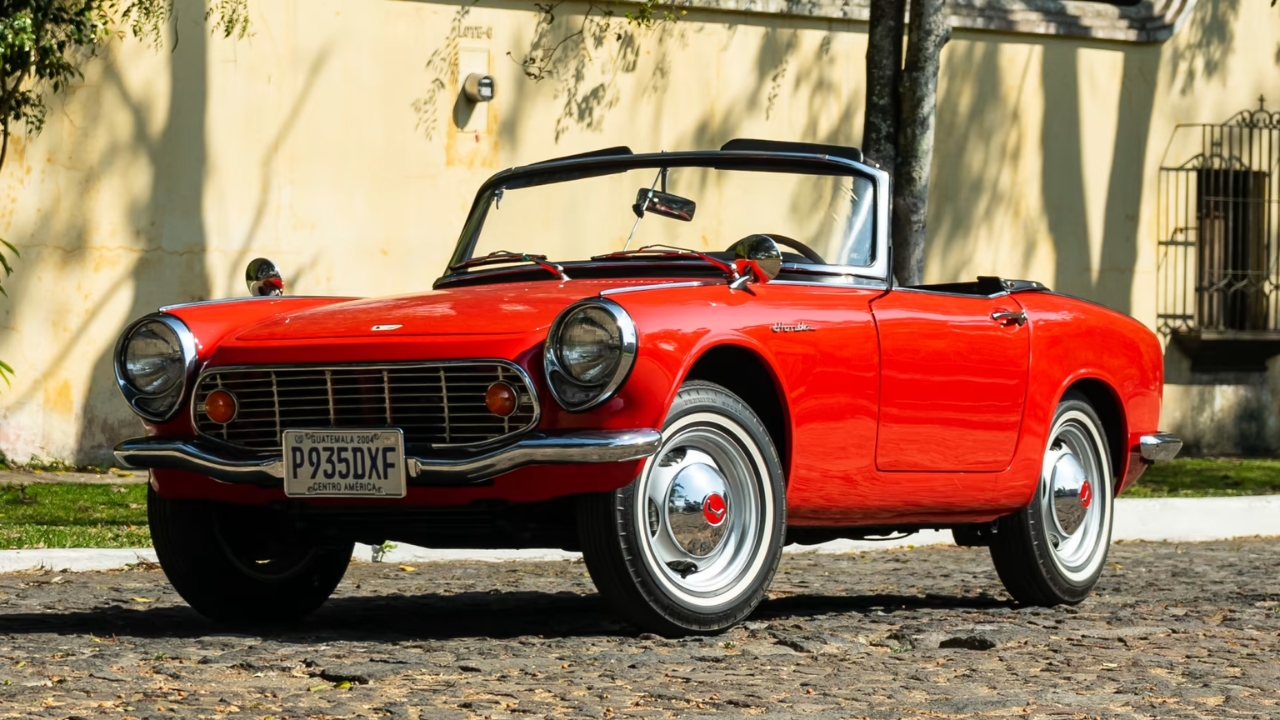
Japanese carmakers began building small sports cars in the early ‘60s, and Honda wanted in on that game. At this point, Honda had already established itself in the two-wheeled world, and even built a tiny kei pickup truck, but the S500 sports car wasn’t a move anyone expected.
Most sports cars pack some power, but Honda went with a 44-hp 0.5-liter engine in the S500. Both power and displacement grew until the S800, with 70 horsepower and a 9,500 rpm redline, arrived in 1966. Honda drew on its motorcycle expertise when building the S-series, and it was both innovative and great fun to drive.
1969 Nissan Skyline GT-R ‘Hakosuka’
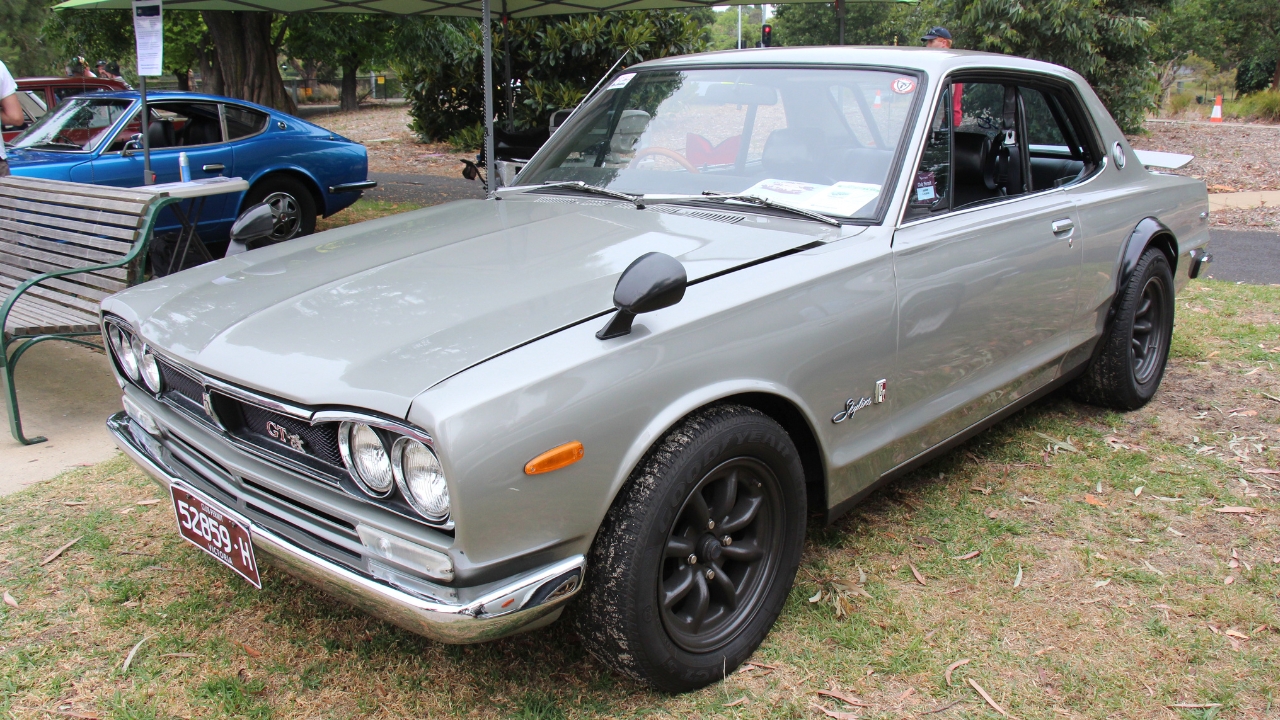
In the late 1960s, Nissan built what would arguably become Japan’s most legendary classic car, the Skyline GT-R. This is the R35 GT-R’s great-great-grandfather, and most JDM enthusiasts call it “Hakosuka”, which means “Box-Skyline,” referring to its boxy looks.
Under its hood, the Hakosuka GT-R hides a 2.0-liter DOHC six-cylinder engine that churns out 150 hp and 133 lb-ft of torque. For a while, the Hakosuka was unbeatable on Japan’s racetracks, racking up more than 50 wins by 1972.
Nissan Skyline GT-R (C110)
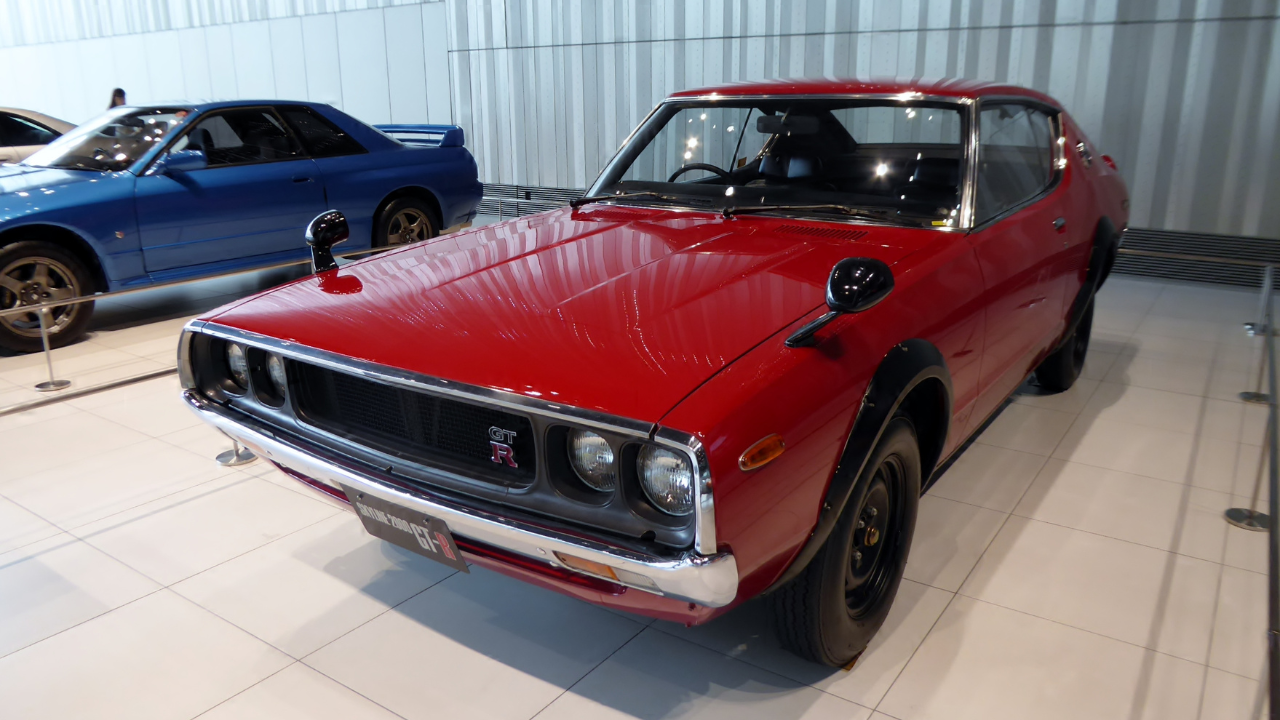
Following the Hakosuka Skyline GT-R, the C110 Skyline arrived in 1973 and remained in production until 1977. Because of an ad showing a young couple, Ken and Mary, in the Hokkaido countryside, the C110 GT-R is popularly known as the Kenmeri Skyline.
The Kenmeri Skyline GT-R had a 2.0-liter inline-six engine that churned out an impressive 160 hp. Unlike the modern AWD GT-Rs, the Kenmeri sent all its power to the rear wheels via a 5-speed manual gearbox.
1967 Mazda Cosmo 110S
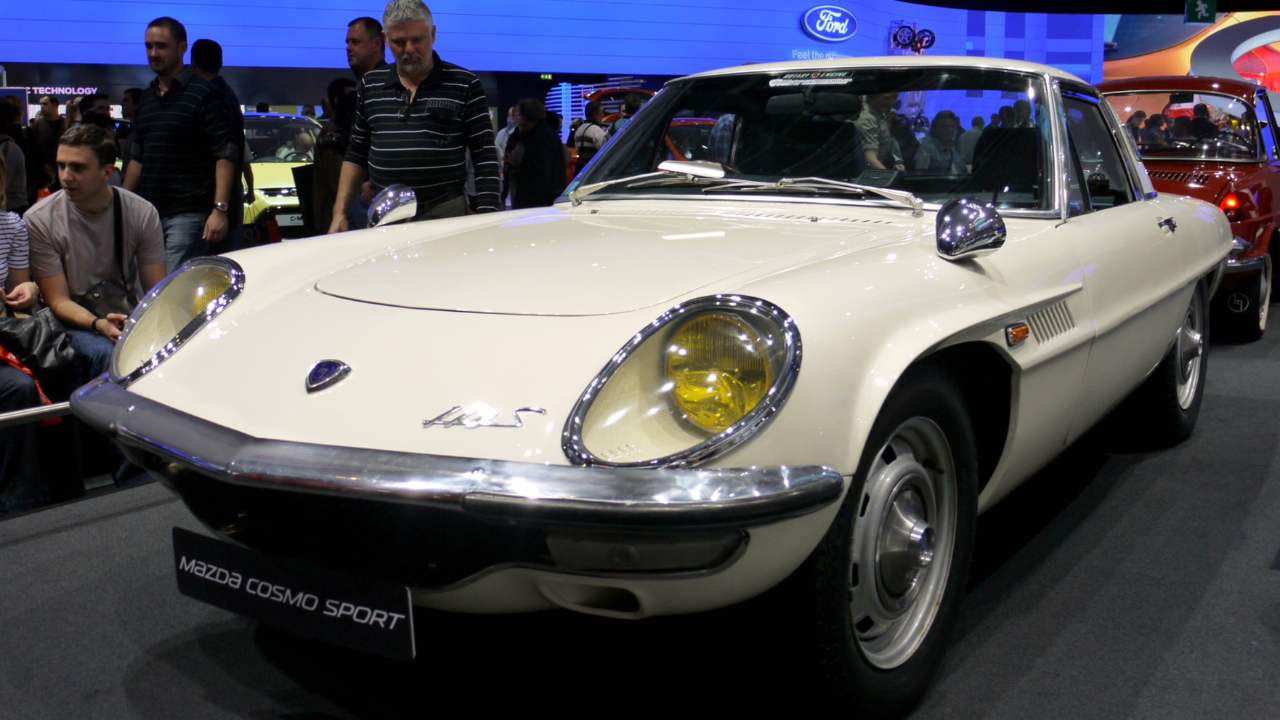
This was Mazda’s first Wankel-engined car, and since the whole world was following the space race of the late-1960s, Mazda named it Cosmo to show that this was the way of the future. While Mazda continued to develop its rotary engine over the following decades, it never perfected the formula.
One thing that is close to perfection is the Cosmo’s stunning design. It’s not all show and no go either, as the 982cc 2-rotor Wankel engine produces 128 hp and 103 lb-ft of torque. Mazda made total of 1,176 Cosmos, 343 Series I models, and 833 Series II models, each was handbuilt.
Mazda RX-3
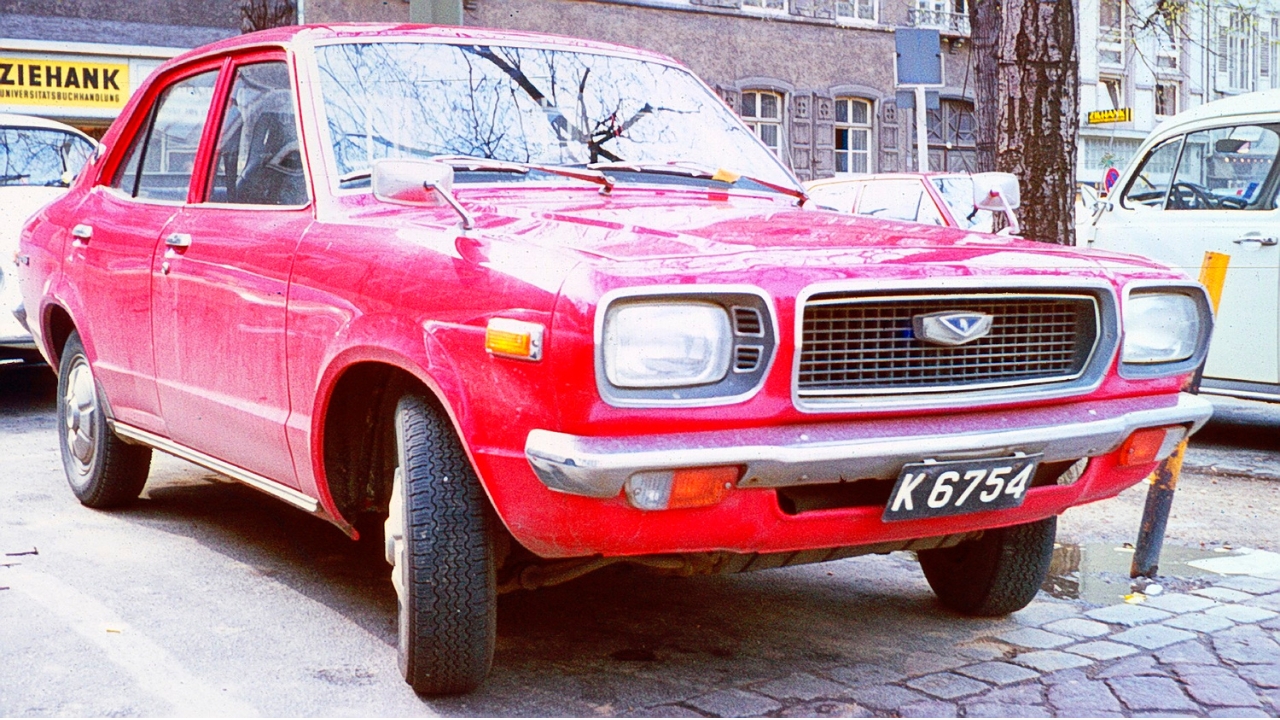
Remember the Hakosuka Skyline GT-R we talked about earlier? Well, the Mazda RX-3 was the car that ended its race winning streak. Mazda enjoys taking a different approach to performance cars, focusing on low weight and balance rather than maximum power. For that reason, the RX-3 flagship model was given a 1.3-liter twin-rotor Wankel engine spinning out 100 hp.
The RX-3 was soon nicknamed “the rotary rocket,” and it would lay the foundation for Mazda’s future rotary-powered sports car, the RX-7.
Datsun 510
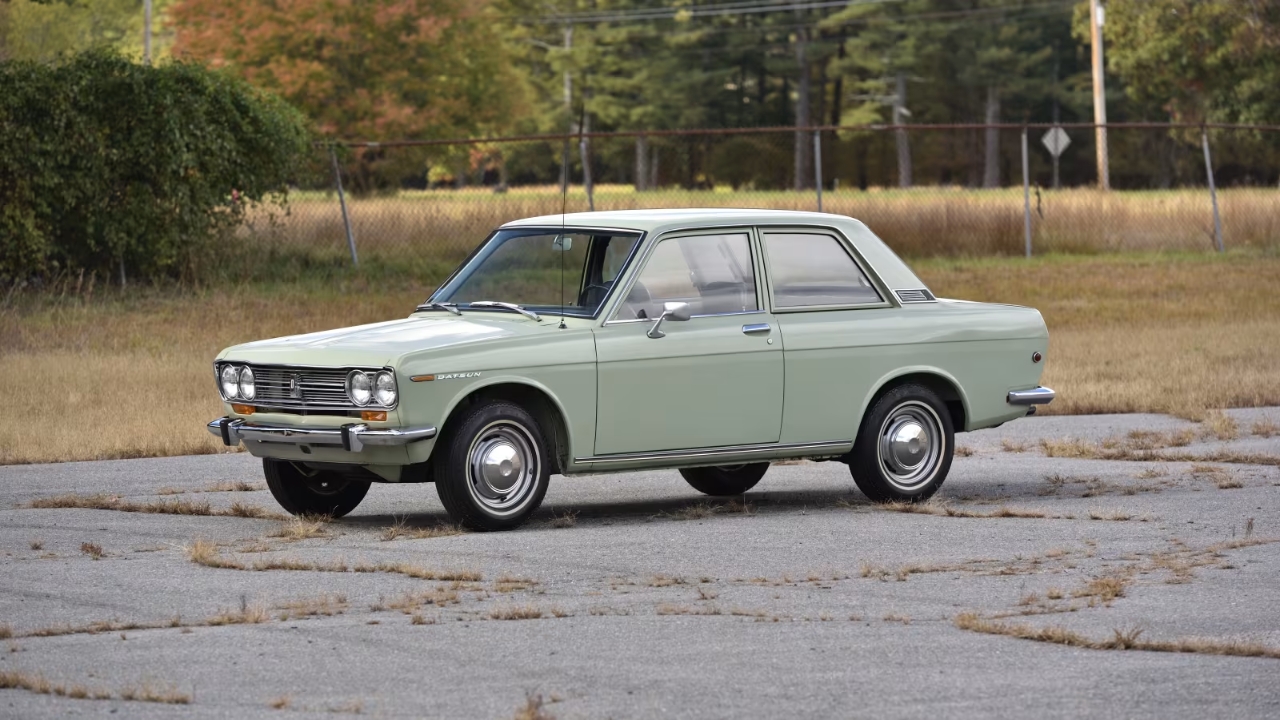
There’s no denying that the humble, little Datsun 510 has become one of the most iconic Japanese cars ever. It was built to resemble the European box-styled cars of its era, and was available with two, four, and five doors. These days, the most desirable model is the two-door coupe.
The Datsun 510 had a 1.6-liter engine that produced 96 hp, which was about the same as one would expect in a European car back then. Thanks to it being so affordable and reliable, the 510 became a well-performing race and rally car with a burgeoning aftermarket.
Toyota Corolla SR5
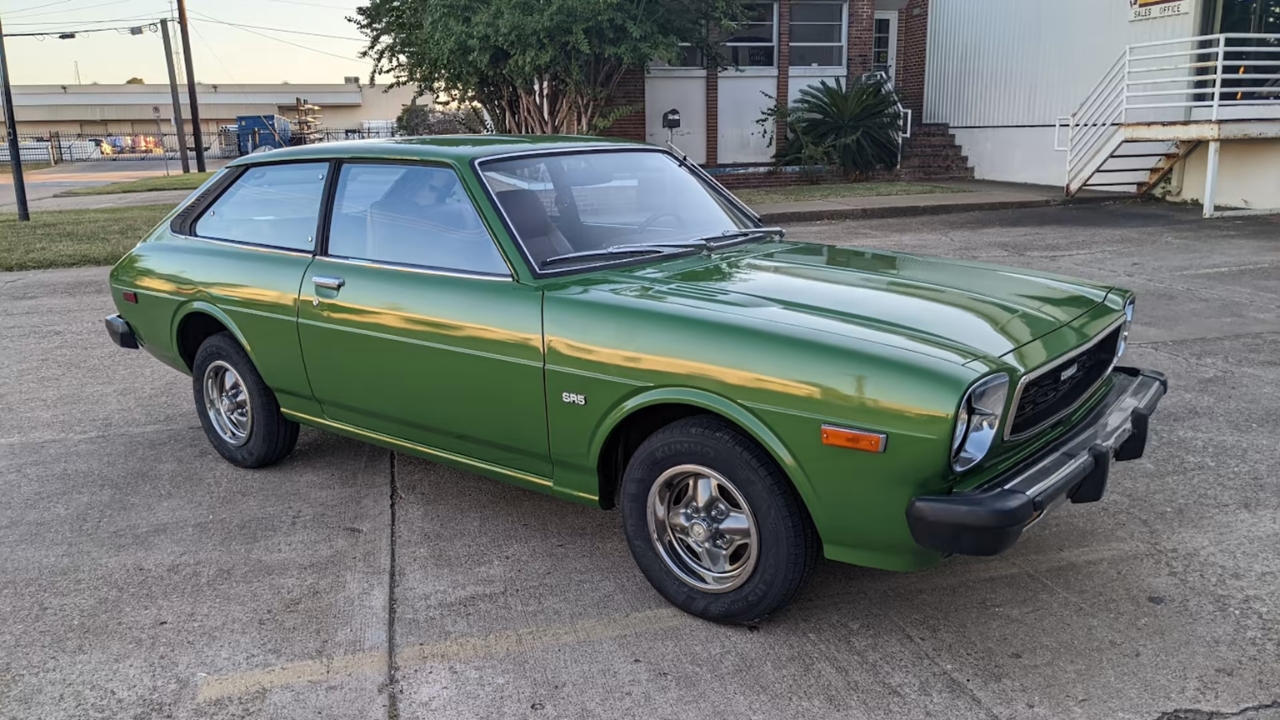
In the early 1970s, long before the world went crazy for the AE86 Corolla, Toyota built another small Corolla coupe that was tons of fun to drive — the Corolla SR5. This second-gen Corolla was built to compete against Japanese icons such as the Datsun 510 and other RWD coupes in the segment.
Corollas sold in Japan received a 1.6-liter twin-carb DOHC engine that produced 115 hp, but that wasn’t available in the States. Instead, the 2,065 lbs car received a 1.6-liter OHV engine with 88 horsepower.
Datsun Roadster
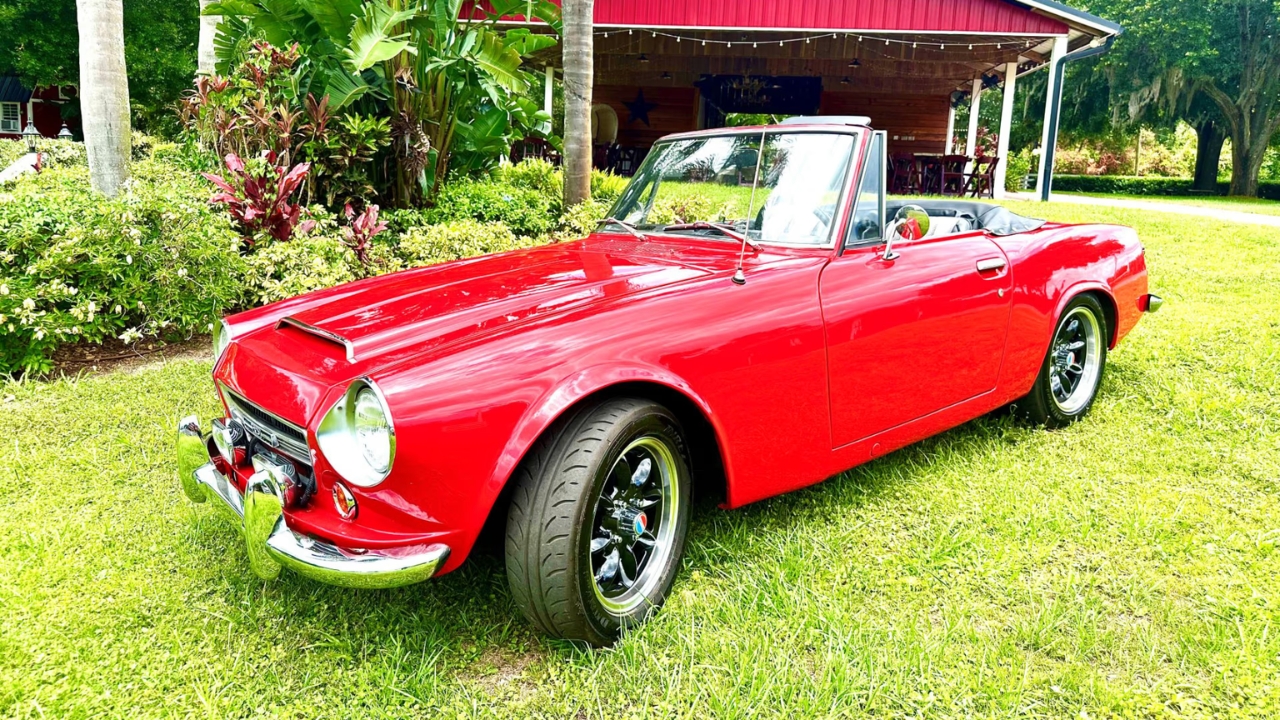
When the Datsun Fairlady is mentioned, people automatically think of the 240Z. In all fairness, it was the first Z car, however, it wasn’t the first Fairlady. In 1963, the Datsun Fairlady 1500 convertible hit the market, ready to go toe-to-toe with sports car legends such as MG and Alfa Romeo.
With time, the 1500 grew to a 1600 and later there was a 2000 model. The Datsun 2000’s 2.0-liter engine had a single overhead cam and produced 135 hp. With the optional performance kit that included Mikuni carbs and an aggressive cam, power jumped to 150 wild horses — all sent to the rear wheels via a manual 5-speed transmission.
Toyota Sports 800
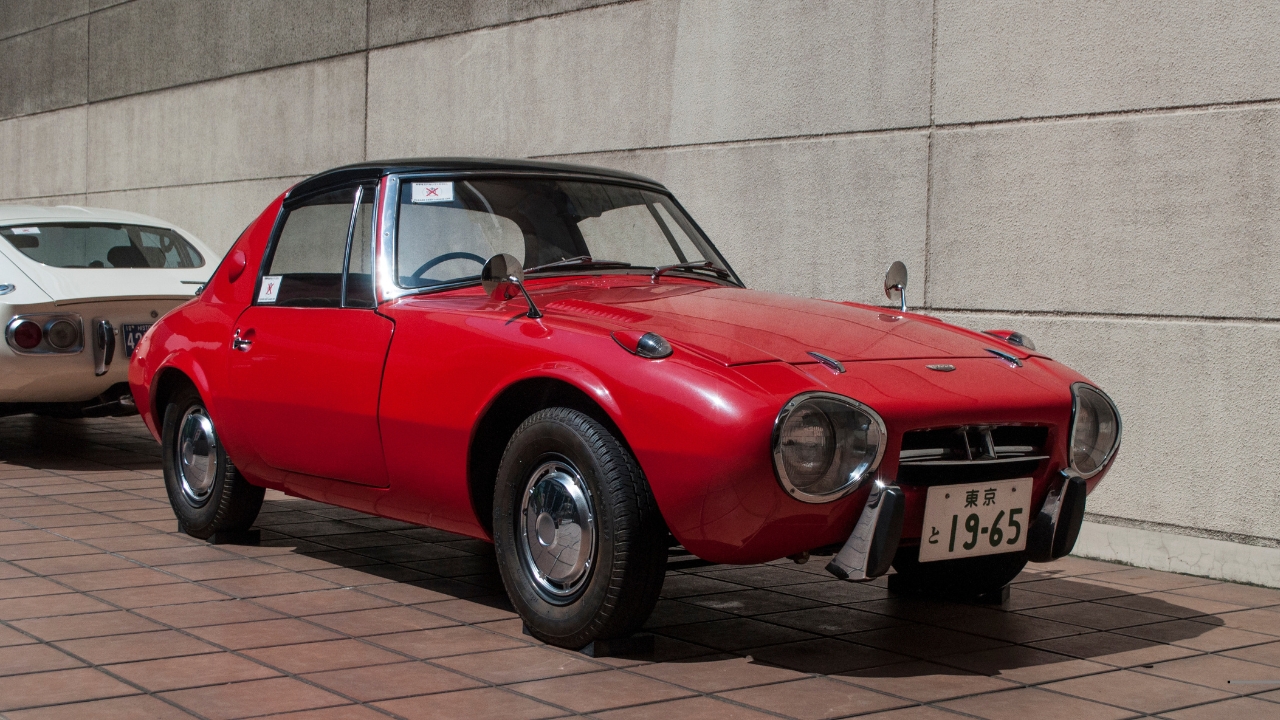
The Toyota Sports 800 may be tiny, but it had a massive impact on the manufacturer’s success. In fact, some say it’s one of the most important cars Toyota ever made. It was the brand’s first production sports car, and also one of the first cars to feature a targa roof.
Its 790cc air-cooled, dual-carburetor two-cylinder engine generated 45 hp, and in a car that only weighed 1,280 lbs, that’s enough to have some fun. Only 3,131 Sports 800s were built, and they were all sold exclusively in Japan.
1971-73 Toyota Celica
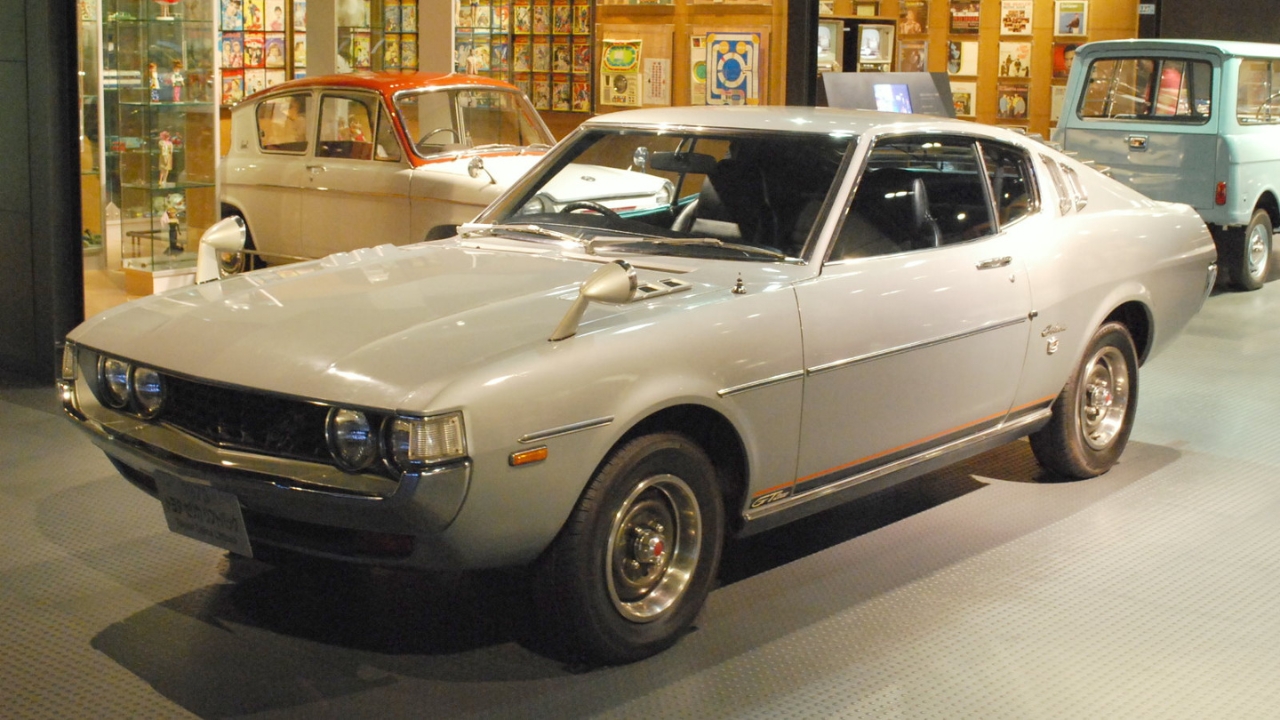
In the 1970s, Toyota decided to bring the battle to American soil, taking on pony cars like the Mustang. The new Celica coupe was a stunner, and established brands had reason to be worried.
Toyota did actually have sports car DNA, as they’d already made the Sports 800, so they knew what they were doing. There were two different styles of the Celica, a slant nose and flat nose model. In the States, it was introduced with a 110-hp 1.9-liter four-cylinder engine, which eventually grew into a 2.2-liter unit. These days, the Celica is highly sought-after, but it’s still possible to find a reasonably priced example.
1976-77 Toyota Celica Liftback
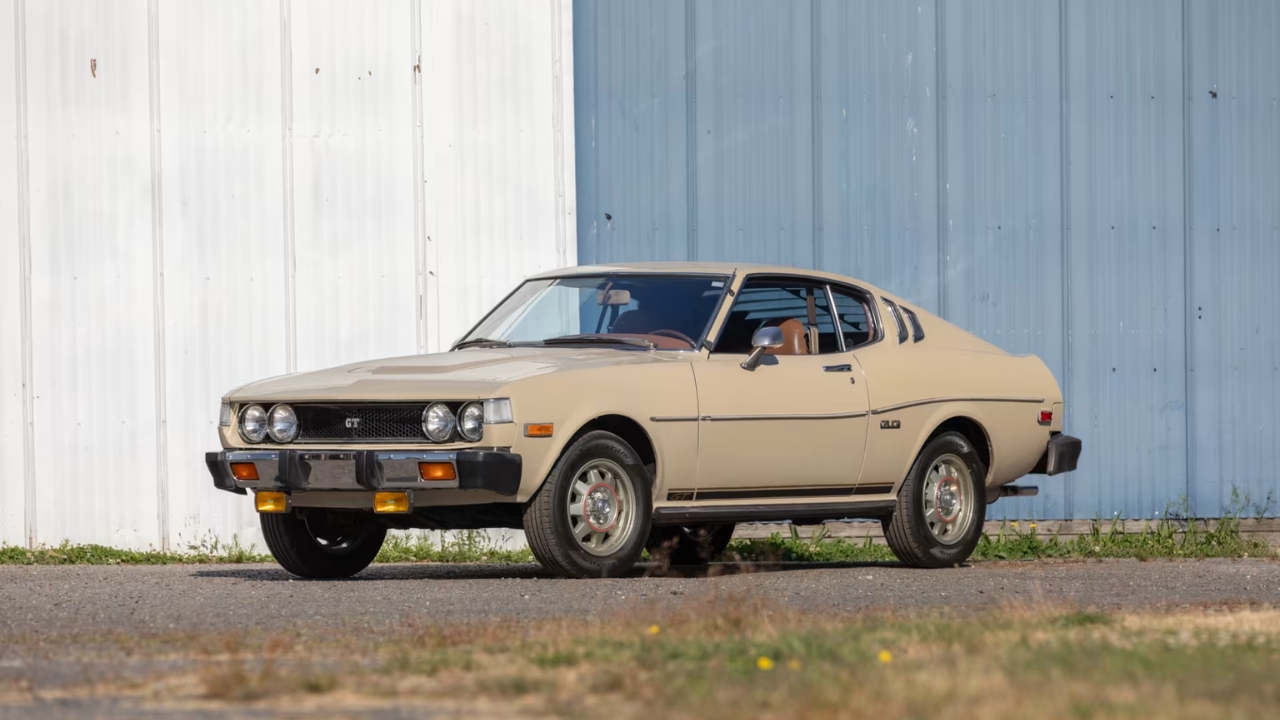
Yes, we know we already mentioned the Celica, but they made a lot of variations of it, so here’s another one. The 1976 Liftback Celica is perhaps the best-looking version of them all, and it was a direct threat to the Ford Mustang 2.
The Celica Liftback came along during the oil crisis of the 70s, and performance cars were so neutered, they were left in the dust by pickup trucks. While the Celica only had 96 hp, it looked awesome and offered better build quality than most American cars in its segment.
